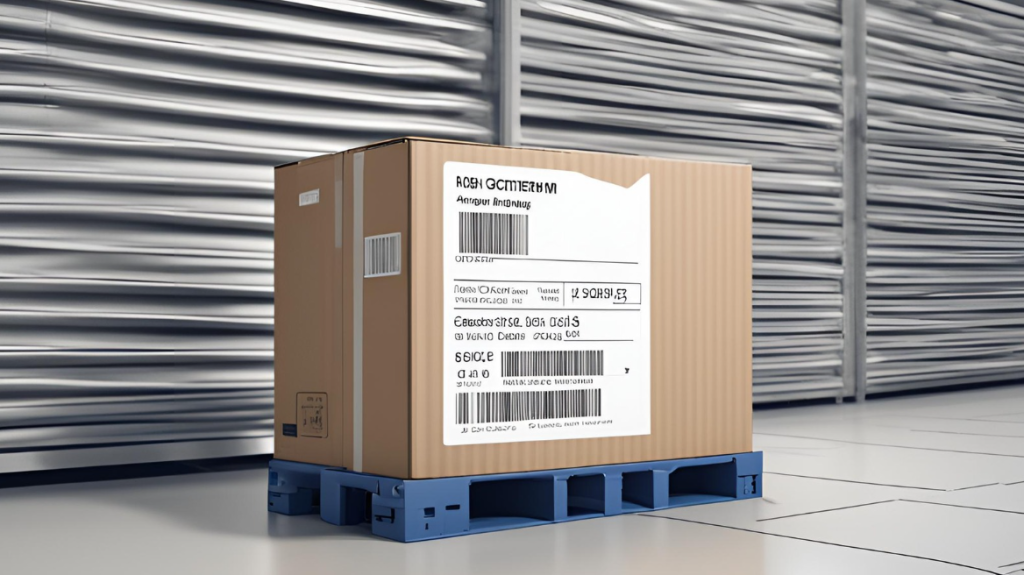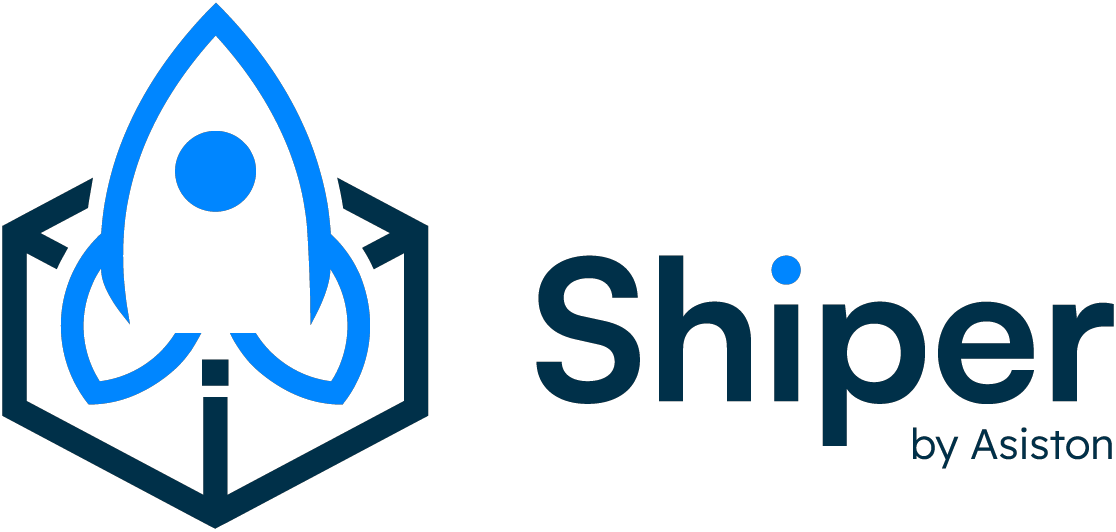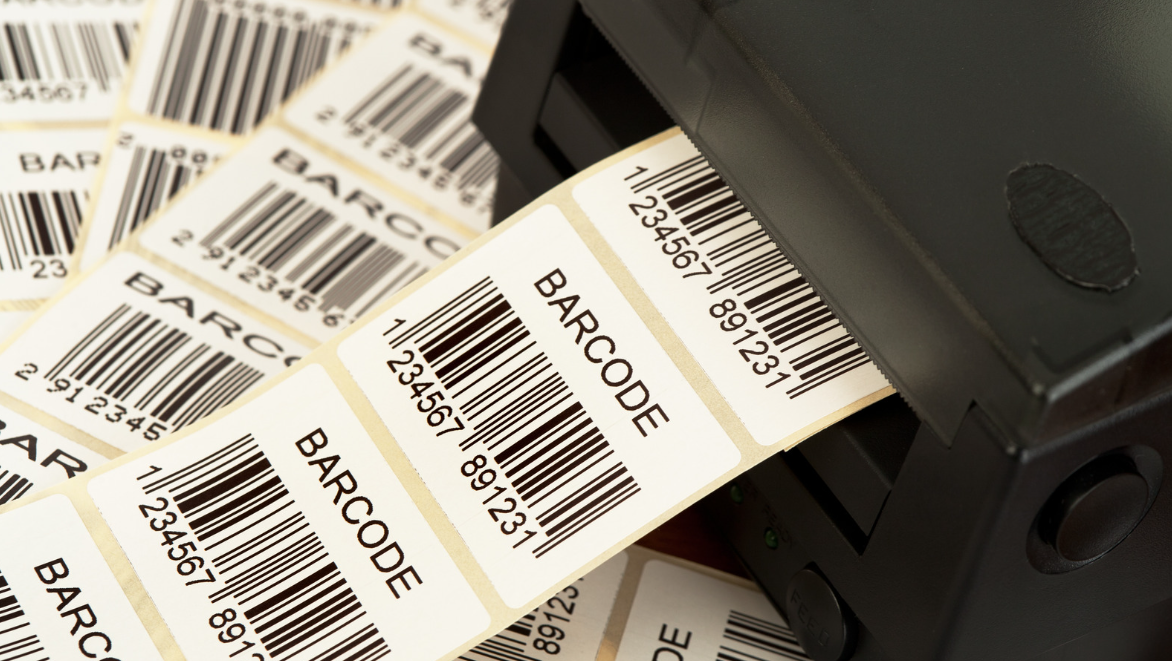
AUTOMATIC LABEL GENERATION IN SHIPER AS A WAY OF IMPROVING WORK ORGANISATION
In today’s world of e-commerce, meticulous control and ongoing monitoring of delivery processes are the cornerstones of effective logistics management. Precise oversight of each stage of the logistics process and quality control are essential not only for security of supply, but also for building customer trust in the brand. In the face of competition in the e-commerce industry, investment in these technologies is becoming a key element of entrepreneurs’ success strategies, shaping modern customer service standards.
What are the challenges of manual label generation processes in logistics?
With the rapid growth of the logistics industry, the challenges of effectively managing the flow of goods are becoming increasingly apparent. One of the key aspects of this process is the generation of labels that not only identify shipments, but also influence the speed and accuracy of the entire supply chain. With the increasing number of shipments and the need to label them quickly and accurately, manual label generation is becoming a constraint that the logistics industry needs to address effectively.
Human errors, slowed down processes, lack of uniform standards, complexity of data management and increased operational costs are the main problems. In addition, a lack of scalability makes it difficult to adapt to the growing number of shipments. In response to these challenges, automatic label generation, such as that offered by the Shiper system, is becoming a key solution, eliminating errors, speeding up the process and improving the efficiency of the entire supply chain.
Ready for innovative technological innovations? Check out Shiper’s automatic label generation capabilities!
The automatic label generation offered by the Shiper system is an innovative solution, significantly contributing to increased efficiency and precision in various areas of the business. The benefits of automation include time, cost and quality aspects, making this a multidimensional solution. Implementing automatic label generation is a strategic step in improving business processes. Saving time, reducing costs, improving precision and complying with standards are just a few of the advantages that make our proprietary Shiper system an indispensable component for modern companies.

What are the advantages of using automatic label generation?
✅ Automatic label generation eliminates the need to manually enter all the data to create each label, significantly speeding up the label generation process. All necessary information, such as product data or barcodes, can be automatically downloaded from the selected system, eliminating the risk of human error and reducing the time required to prepare labels for each type of product. The system returns the already generated consignment note.
✅ Using traditional label creation methods can sometimes be labour-intensive and require significantly more staff, which in turn generates additional costs. Automatic label generation automates this process, which can lead to significant savings in terms of both human, time and money.
✅ The Shiper system is programmed to eliminate human error associated with manual label creation. This minimises the risk of errors, which is particularly important when a large number of diverse or strictly standardised labels need to be generated.
✅ Shiper can integrate with other systems, improving overall operational efficiency. Our system can be adapted to work with those supporting warehouse management, shipment tracking or ERP systems, enabling a seamless flow of information between different areas of the company.
What are the prospects for the development of the system supporting integration with courier companies – Shiper?
A pioneer in the field of automatic label generation, the Shiper system is constantly striving to improve and adapt to the changing needs of the logistics industry. In the context of the system’s development plans, several key aspects are worth noting.
Enhanced functions
Shiper’s development plans also include the expansion of the system’s functions. New modules and tools are being designed that will further improve shipment management, integrate with other logistics systems and enable even more flexible adaptation to the specific characteristics of different industries.
Integrated solutions
The Shiper system plans to further integrate with various logistics platforms and systems. This development perspective aims to create a comprehensive tool that can work effectively with different elements of the supply chain, from warehouses to transport.
Considering industry trends
In the context of general trends in labelling automation in the logistics industry, Shiper analyses the changing needs of the market. It notes the growing demand for integrated and mobile solutions. It plans to adapt to these trends in order to meet customer expectations and provide a comprehensive service for logistics needs.



